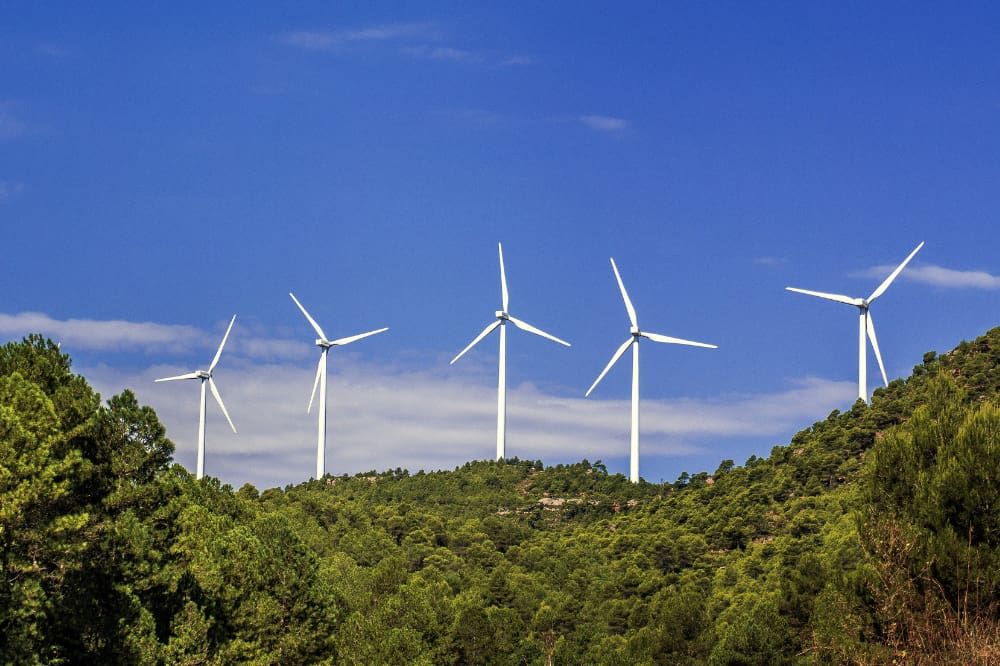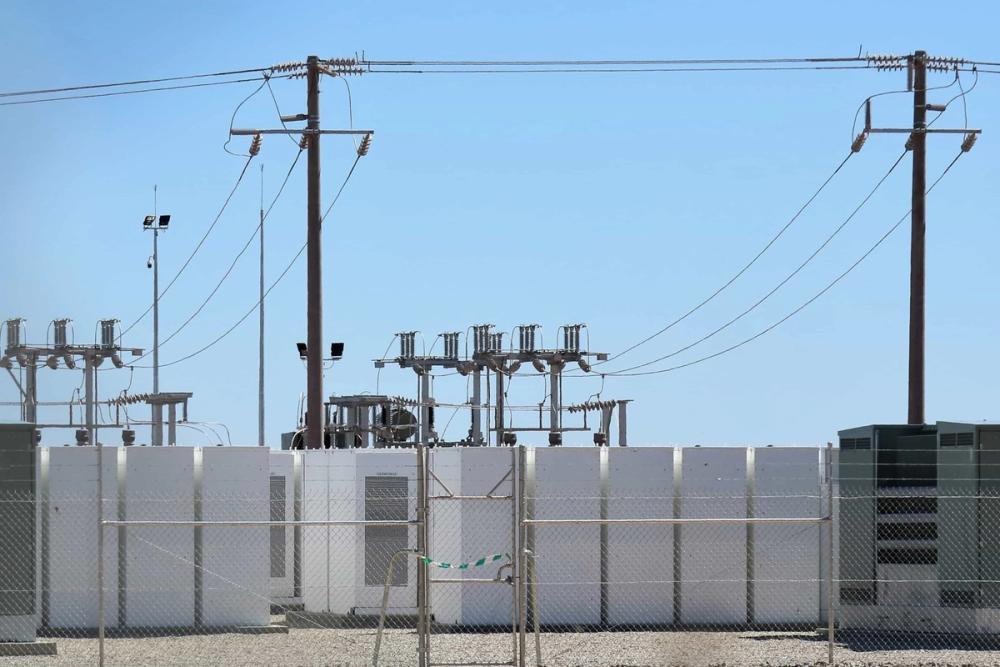Our Guide to Renewable Energy Generation Projects

As concerns grow regarding climate change around the world, and the environmental impact of traditional energy sources becomes more worrying, renewable energy generation projects have taken centre stage.
These projects utilise the power of natural resources like sunlight, wind, water, and geothermal heat to produce clean energy.
Throughout this blog post, we will explore various aspects of renewable energy generation projects, their importance, types, benefits, and key considerations for successful implementation.
The Growing Significance of Renewable Energy
With the world needing to cut back on carbon emissions and move towards a sustainable energy future, renewable energy projects provide a crucial solution.
Greenhouse gas emissions from fossil fuels are a major driver of climate change. By transitioning to renewable energy sources, we can significantly reduce these emissions, helping mitigate the impacts of global warming.
The renewable energy industry reduces dependence on fossil fuels, which can be subject to price unsteadiness and supply disruptions. By expanding the energy mix, countries can enhance energy security.
Renewable energy projects, from solar installations to wind farms, create jobs in manufacturing, installation, maintenance, and research. They contribute to local economies and provide employment opportunities.
Traditional energy sources can produce harmful air pollutants, leading to breathing problems and environmental damage. Renewable energy projects offer cleaner alternatives, leading to improved air quality and public health.
Renewable energy aligns with the principles of sustainable development. It minimises environmental impacts, conserves natural resources, and promotes long-term economic stability.
Types of Renewable Energy Generation Projects
Renewable energy generation projects come in various forms, each harnessing different natural resources. No matter which option you choose, you can be assured that all have their own share of excellent benefits.
From solutions like solar power and wind power to battery energy storage systems, there are plenty of ways in which you can utilise the full potential of renewable energy in your home or business setting.
Solar Power
Solar power comes from capturing sunlight and turning it into electricity using PV cells or solar panels. You can install solar projects on rooftops, solar farms, or even incorporate them into building designs.
Solar energy is one of the most accessible and widely adopted renewable energy sources, with benefits including low operating costs and minimal environmental impact.
Solar power is a clean electricity source, generating no greenhouse gas emissions, air pollutants, or water usage. Solar energy is readily available in many parts of the world, making it an abundant and inexhaustible resource.
Solar power contributes to energy independence from your energy company by reducing reliance on fossil fuels and mitigating energy price fluctuations. Once installed, solar systems have relatively low operating and maintenance costs, with minimal environmental impact.
Solar power can be tailored to meet a wide range of energy needs, from small residential installations to large commercial and utility-scale solar farms.
Wind Power
Wind power relies on the energy of the wind to turn turbines, generating electricity. Wind farms, often situated in windy regions, consist of multiple turbines. Wind energy is a highly scalable option and is known for its environmental benefits and low operating costs.
Wind is a clean and renewable energy source that produces no greenhouse gas emissions, air pollutants, or water usage, making it environmentally friendly. It is an abundant and widely available resource in many regions around the world, providing a consistent source of energy.
Wind power contributes to energy independence by diversifying the energy mix, reducing reliance on fossil fuels, and mitigating energy price fluctuations. Wind farms can be scaled up or down to meet a wide range of energy needs, from small community projects to large commercial wind farms.
The wind energy sector creates jobs in manufacturing, installation, maintenance, and research and development, benefiting local economies. Ongoing technological advancements have led to more efficient wind turbines, reduced costs, and increased energy output.
Benefits of Renewable Energy Generation Projects For Large Corporations
Renewable energy generation projects offer a host of benefits, both for the environment and society. These can be some of the best investments that you can make, saving you hundreds of pounds in the long term on your energy bills.
Renewable energy sources are clean and sustainable, producing little to no greenhouse gas emissions or other pollutants. They do not deplete natural resources and are not subject to fuel price fluctuations.
By displacing fossil fuels, renewable energy projects significantly reduce carbon emissions. This is a crucial step in addressing climate change and its associated impacts.
Once renewable energy systems are installed, their operating and maintenance costs are generally lower compared to fossil fuel-based power plants. The sun, wind, and flowing water are free resources.
Renewable energy projects can enhance energy security by reducing reliance on external sources of energy. This independence is particularly valuable in times of crises or supply disruptions.
Considerations for Successful Renewable Energy Projects
While the benefits of renewable energy generation projects are numerous, their successful implementation requires careful planning and consideration of various factors.
First of all, determine the availability of renewable resources (sunlight, wind, water, etc.) at the project site. Detailed resource assessments are essential for maximising energy output.
Additionally, make sure you choose the most suitable location for the project. Considering environmental, regulatory, and community factors. Minimise land use impacts and ensure that the project aligns with local zoning and land use regulations.
It’s important that you select the appropriate technology and equipment for the specific resource and project requirements. Consider factors such as energy conversion efficiency, reliability, and cost.
Conduct a thorough financial analysis to assess the economic viability of the project. Consider capital costs, operating costs, potential revenue, and available financing options.
One major consideration you should make is whether you wish to utilise private wire networks as they can be majorly beneficial to your business’ sustainability practices. Private wire networks utilise privately owned land to reduce businesses’ reliance on the national grid.
When utilising private wire networks you will be given access to completely clean energy to power your business from sustainable resources that are used to save the planet.
At Balance Power, we work with communities, landowners and businesses to change how we produce and use power. Contact us today to enquire about how we can assist you with green energy projects.



